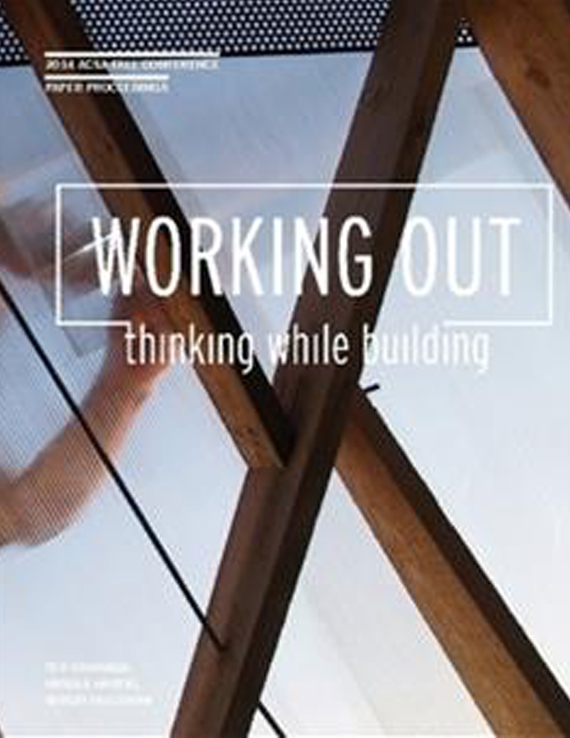Author(s): Margarette Leite
In most Universities, innovation in research and product development involving business and industry partnerships are commonly linked to technologically focused science and engineering programs. Beyond their initial sponsorships, these innovations can lead to patent and copyright agreements that promise continued financial returns and recognition to those institutions and individuals involved. As budgets tighten, these endeavors receive greater encouragement, even pressure, by universities hoping to develop models of support generated by the output of their own faculty and students. Schools of Architecture are not often at the forefronts of these activities as their primary pedagogical purpose is to educate a service sector profession not primarily engaged in research. Thankfully, architecture programs all over the US are adding coursework that includes community engagement with the goal of moving the profession toward greater social and societal relevance. The School of Architecture at (This Institution) has made major advances in this direction including the inauguration of one of the country’s first Centers for Public Interest Design (CPID). While few today would dispute the importance of this movement, there exist significant challenges to the implementation of the relatively difficult to fund opportunities in this area. The following projects described in this paper/presentation, outline some initiatives aimed at addressing those social goals in ways that may also achieve the kinds of market success exemplified by the more technologically focused innovations of other disciplines. The first project, the SAGE green modular classroom, was designed and launched at (This Institution’s) School of Architecture. In addition to addressing the concerns of school communities regarding the health and wellbeing of students in poorly designed modular classrooms, this project provided a range of lessons for architecture students that expand on the traditional curriculum, including becoming partners in a copyrighted product that returns royalties to the university to support further research, as well as contributes potential downstream profits to project partners including the students themselves.A second project at (This Institution) is underway with similar goals. In an Advanced Architectural Materials class, students have partnered with a local business to create market ready building products made from landfill-bound materials that also provide job creation for disabled individuals. The students construct their building components at full scale and test them in (This Institution’s) federally funded Green Building Research Laboratory. At the end of the course, the students pitch their ideas at a competitive “Clean Tech Challenge” event with the hopes of securing venture capital to further develop their products and move them towards marketing. These projects serve as models for how architecture schools can bridge the gaps between social goals, pedagogical reform and financial viability through the development of marketable innovations.
Volume Editors
Sergio Palleroni, Ted Cavanagh & Ursula Hartig
ISBN
978-0-935502-94-7

 Study Architecture
Study Architecture  ProPEL
ProPEL 
